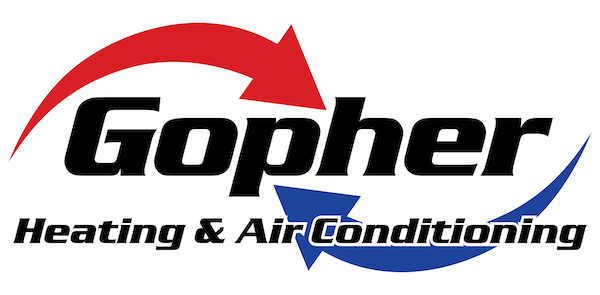We all like saving money on our monthly utility bills, but it turns out there’s a way to lower energy use, even when you’re not even home.
It starts with your thermostat. By using automatic schedules, you can tailor the temperature to your needs. You can create a number of automated temperature settings for when you’re home, away or even when you’re sleeping.
If you’re willing to make these adjustments, you have more time to enjoy pleasant temperatures while keeping more money in your pocket. Check out our guide on how your thermostat can be a source of energy savings:
While at Home
Pretty much whenever you’re home, you want a nice range of pleasant temperatures. For the most part, you probably have your thermostat lower in the summer while inside to appreciate the cool air.
But the ideal temperature for the summer is in fact anywhere between 78 and 80 degrees Fahrenheit. This way, you can stay cool while still keeping your energy bills low.
While Away
If you’re setting the temperature for when you are out of the house in summer, it’s extremely common to move the thermostat higher than you would if you were in the house.
For some homes, you can set the temperature as high as 88 degrees while no one is home before lowering it back to the sweet spot of 78-80 degrees after you return. This way, your air conditioning won’t have to work constantly to cool an empty house.
While Asleep
For a full night’s rest during summer weather, you want a temperature that’s nice and cool. A good rule of thumb is between 68-72 degrees Fahrenheit. You won’t have to worry about getting too hot or too cold at some point overnight.
Additional Ways to Reduce Energy Use:
- Install a smart thermostat: Trying a smart thermostat in the summer can lower energy costs by automatically adjusting to your lifestyle and idea of what comfortable is. A smart thermostat manages the temperature if you are home or sleeping, while allowing it to warm up when the house is empty. With reliable brands like the Lennox iComfort, you are able to adjust settings and schedules through your smartphone, tablet or laptop. Requesting smart thermostat installation in your Savage home is an effortless way to set the correct temperature whether you’re at home or across the country.
- Upgrade your HVAC system: A high-efficiency HVAC system can save money in the long run. If a system boasts high energy efficiency, you can also count on lower utility bills since more efficient equipment requires less energy to reach your preferred temperatures. Air conditioning installation in Savage is only a phone call away, so don’t hesitate to reach out to local pros like Gopher Heating and Air Conditioning who can set you up for success.
- Keep up with AC maintenance: Hiring a skilled professional to perform regular air conditioning maintenance in Savage can have a significant impact on your utility bills. If you stay on top of cleaning key components like the coils, checking for damage and clearing ventilation of dust and debris, you may notice your HVAC system perform better during day-to-day use.. Increasing efficiency also limits strain on the unit and lowers operational costs, lowering total energy use and eventually the total monthly bill.
- Clean or replace the air filter on a regular basis: Cleaning or replacing the air filter regularly saves money by keeping airflow as smooth and consistent as possible. When filters are clogged with dirt and debris, your air conditioner will have to work harder, and the strain can reduce the system’s life span and cause breakdowns.
- Confirm your attic is sufficiently insulated: Insulation is a crucial component for any energy-efficient home, keeping the hot air outside and the cool air inside during the summer. The North American Insulation Manufacturers Association (NAIMA) recommends that homes in the southern United States should possess at least 13-14 inches of insulation, while states further north need 16-18 inches.
- Review your ductwork: Damage to the ventilation is capable of increasing your energy bills much more than 20 percent, plus it can affect equipment such as your water heater, clothes dryer and other appliances throughout your home. Watching for signs of leaks and sealing them can help with both these issues.
- Seal all other leaky spots in your home: Finding and sealing any remaining leaks in your home with caulk, foam sealant or weather-stripping keeps temperatures a little cooler on hot summer days. It’s also important to check for any gaps around windows, doors and even outdoor fixtures. Making time to seal leaks now can help you save a lot in the long term.



